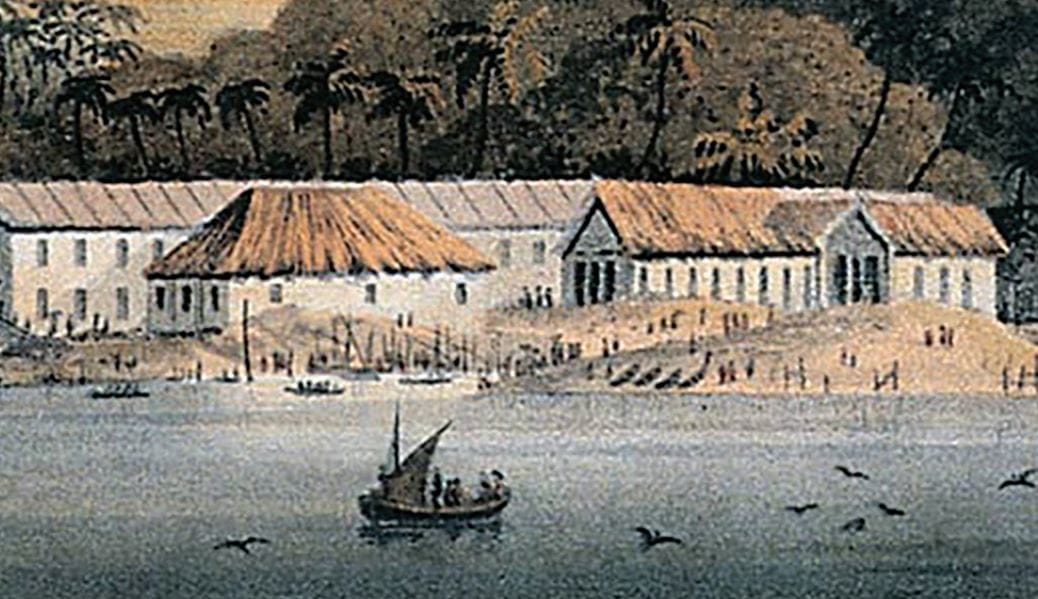Pulau Pinang and Its Malay Beginnings
By Professor Dato’ Dr. Ahmad Murad Merican
February 2025 COVER STORY
Professor Dato’ Dr. Ahmad Murad Merican

holds a doctorate in History and Philosophy of Science from the University of Malaya. His areas of interests include Media and Journalism Studies, Social and Intellectual History with a particular interest on Knowledge Production, and the Kedah-Penang narrative. He has written/edited some 26 books and is a columnist for national media and periodicals.




